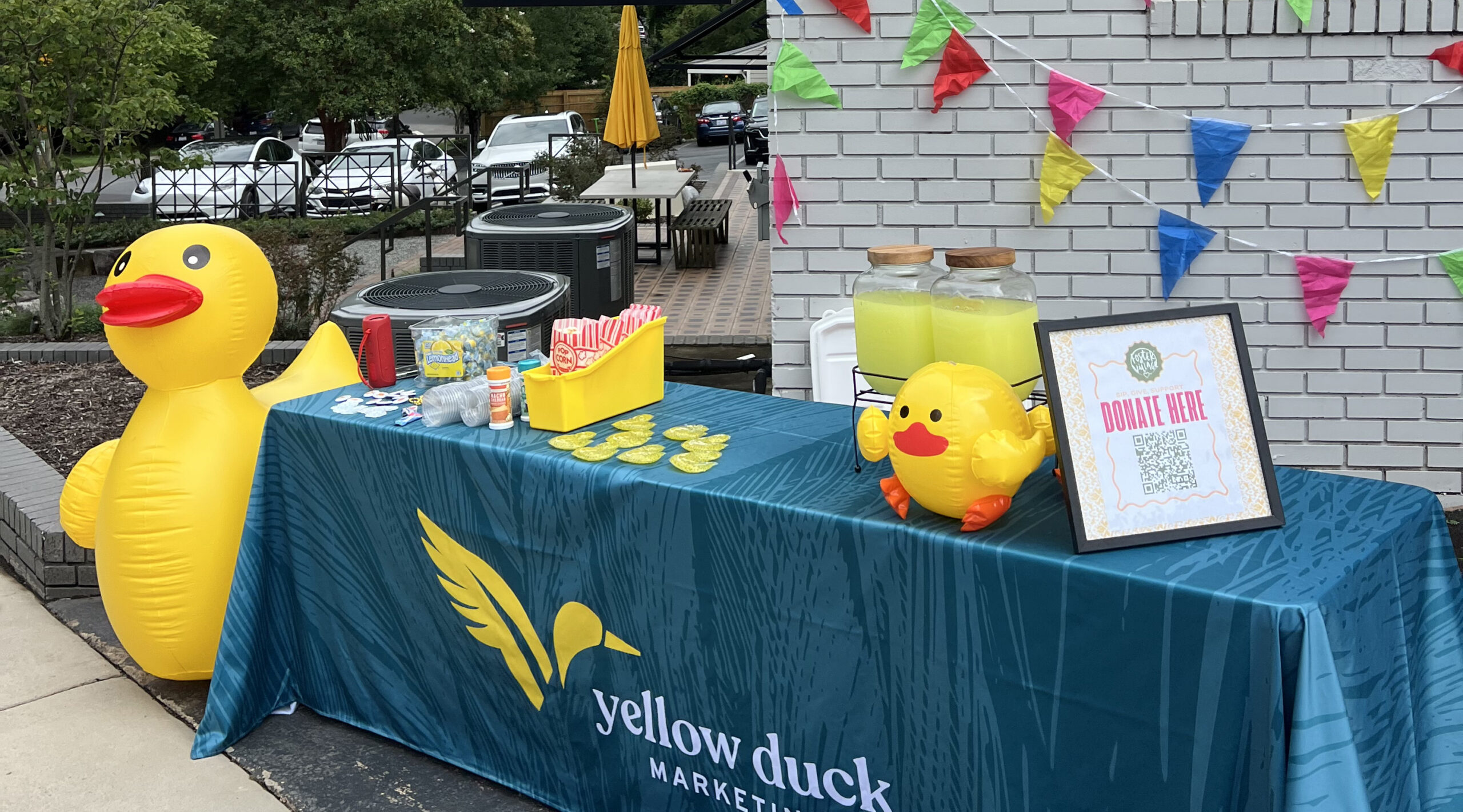In today’s fast-paced digital world, market researchers face a growing challenge: bot-generated and incentivized “spam” responses that skew data and undermine insights. We have seen a major uptick in bogus data over the last two years. In fact, we had one survey that out of 800 responses, only 120 were valid.
Industry leaders like us and our recruiting partner, L&E Research, are pioneering strategies to combat this problem — and your surveys can benefit from adopting their approaches. Quirks and CRA corroborate that typically around 30 to 40 percent of online survey data can be fraudulent or unreliable —a staggering figure that can cripple insights and decisions.
Here’s a comprehensive guide to help you design higher-quality surveys that filter out untrustworthy entries.
1. Set Expectations at the Start
Clear communication deters bad behavior. At the top of your survey or webpage, include a reminder such as:
“Please complete the survey only once. Any duplicate or spam responses will be disqualified.”
While this won’t stop all bots, it discourages repeat human attempts. L&E Research highlights how anti-fraud messaging, like ID requirements and rescreening calls, enhances respondent seriousness and data integrity.
2. Break Your Survey into Multiple Pages
Structure matters. Dividing your survey across several pages requires respondents to click through, which bots often struggle with. Multi-page designs raise the barrier for simple automated submissions and reduce the chance of spam slipping through.
3. Use Required Open‑Ended or Custom Code Questions
Open-ended questions or creative verification prompts are powerful filters:
- Ask for a short comment or improvement suggestion.
- Use custom verification: “Type the first three letters of your last name + birth month and day (e.g., JOH1205).”
These slow down bots and help you flag suspicious entries more quickly. Such human-verification steps make it far more difficult for spammers to fake responses.
4. Implement Technical Restrictions
On your survey’s response-collection page:
- Require a password or access code.
- Set a maximum response limit.
- Block IPs that show repeated submissions.
These simple controls — supported by SurveyMonkey’s trap‑question features — can help block obvious cheaters.
5. Adopt a Multi-Layered Fraud Detection Strategy
Bots and opportunistic scammers are increasingly sophisticated. L&E Research recommends combining:
- Geolocation routing
- IP tracking
- Phone screening
- Government ID checks
Their layered approach, which includes human validation, excludes bots from recruitment and ensures submitters are real people.
6. Clean and Monitor Data Continuously
Even though it’s painfully time-consuming and makes you want to stab your eyes out with a pencil, final data-cleaning checkpoint after a survey is essential:
- Screen for speeders (completing too fast).
- Identify inconsistent answers.
- Weed out duplicate entries.
A rigorous data-cleaning checklist — used before data analysis — is the last line of defense against bots or inattentive respondents.
Summary of Best Practices
- Strategy: Purpose
- Warning message: Deters abuse at the outset
- Multi‑page layout: Disrupts simple bots
- Open‑end/code prompt: Filters based on effort or logic
- Technical restrictions: Limits scale abuse
- Geo/IP + human ID: Blocks bots at registration
- Data cleaning: Removes remaining junk
Final Thoughts
Effective market research today demands both defensive and proactive strategies. By combining:
- The practical survey tweaks (messages, multi-page, open-text verification)
- The technical barriers (passwords, IP limits, geo-routing)
- Methods to ensure representativeness (like FlashVote’s data‑balancing)
you build resilience against spam, bias, and fraud. Every layer strengthens your data’s trustworthiness—leading to smarter decisions, happier clients, and research that truly reflects the market.
Stay ahead of fraudsters and biased respondents by evolving your survey design with these proven, multi-layered best practices. Your future insights are counting on it! If you are a municipal communicator, make sure to check out our other blog post about a Community Input tool that can avoid this.
Interested in partnering with Yellow Duck Marketing on market research, surveys or focus groups? Reach out to us!













